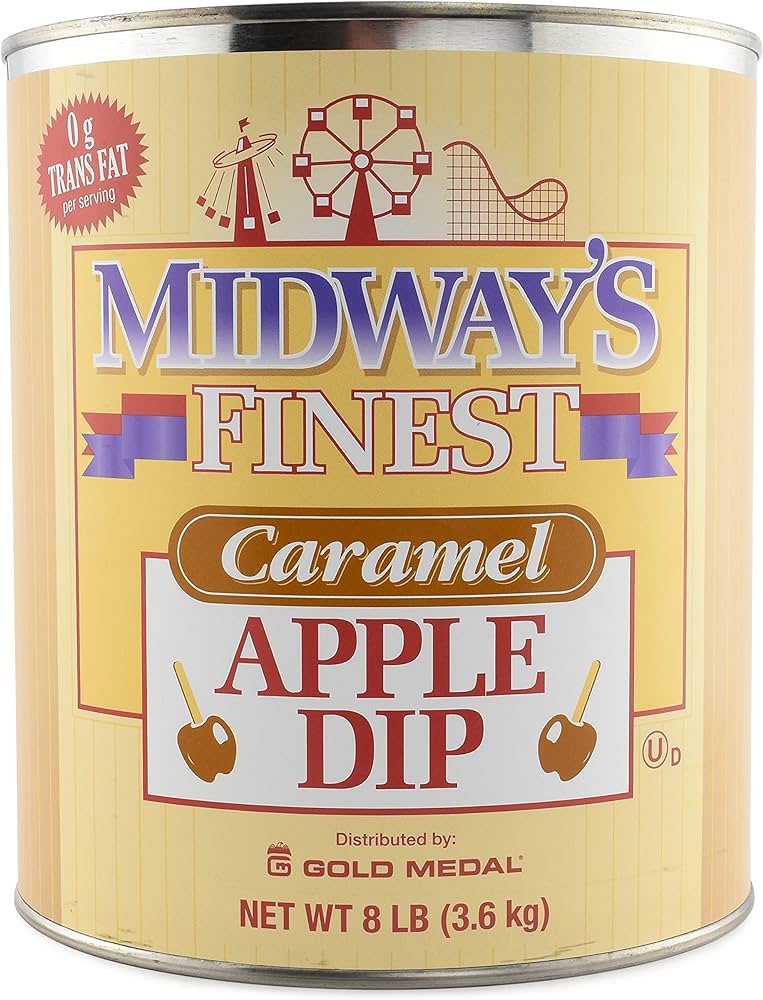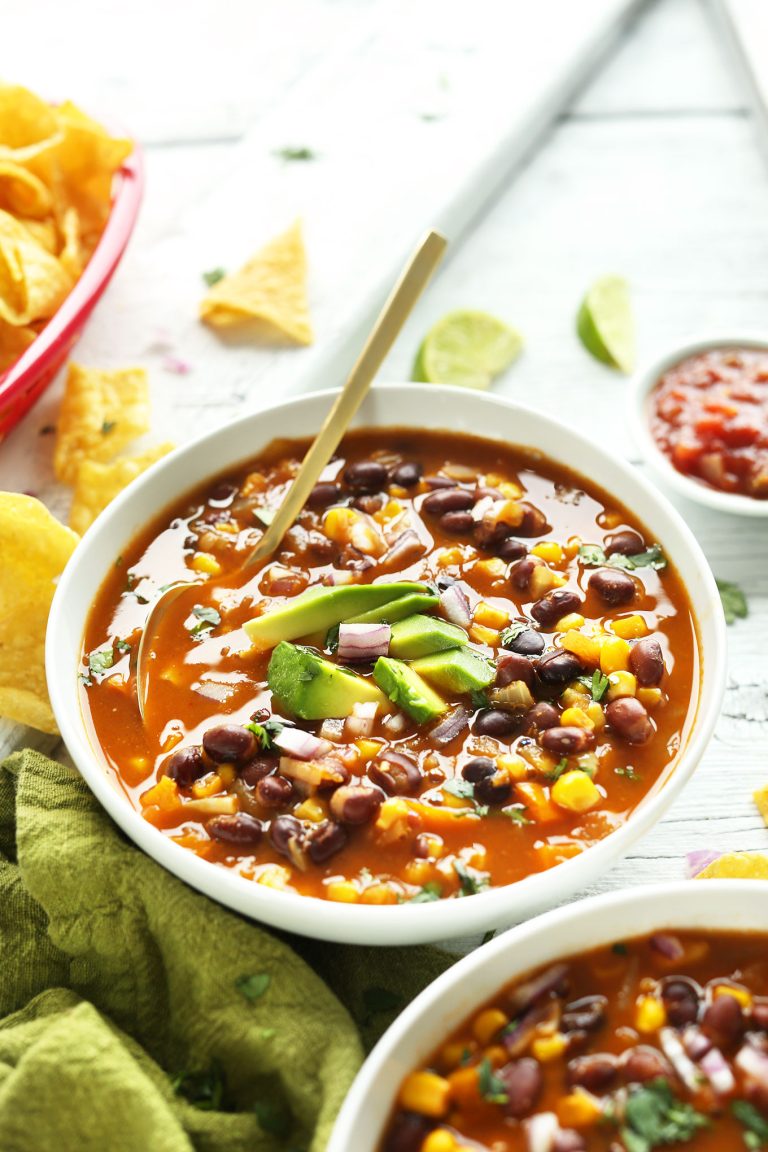Candied Apples: History, Best Brands, and Where to Find the Finest Treats
Candied apples first appeared in the early 1900s. William W. Kolb, a candy maker in Newark, New Jersey, accidentally created the iconic treat in 1908. While experimenting with red cinnamon candy, he dipped apples in the mixture, and this inventive twist quickly gained popularity.
These sweet creations became a staple at fall festivals. Market stall vendors in the US used them to symbolize the bounty of the autumn harvest. Over time, candied apples also found a place in Halloween traditions, further embedding themselves in American culture.
Evolution of Recipes Over Time
Initially, candied apples featured a hard, red candy coating. This classic version remains popular, but variations emerged throughout the years. In the mid-20th century, caramel-coated apples gained traction. Vendors often rolled these in nuts, sprinkles, or chocolate chips to enhance their appeal.
More recent innovations include using chocolate, white chocolate, and flavored coatings. Some recipes incorporate gourmet toppings like crushed cookies or drizzled syrup. Today, you can find a plethora of styles and flavors, each adding a unique twist to the original candied apple.
How are Candied Apples Made?
Key Ingredients
Candied apples require a few main ingredients to achieve their signature taste and look. You’ll need fresh apples, preferably firm varieties like Granny Smith or Fuji. You’ll also need granulated sugar, corn syrup, and water for the candy coating. For flavor and color, include red food coloring and cinnamon. Lastly, make sure to have wooden sticks to hold the apples while dipping.
- Prepare the Apples
Wash and thoroughly dry your apples to remove any wax. Insert wooden sticks into the tops of the apples, ensuring they’re firm. - Make the Candy Coating
In a heavy saucepan, combine sugar, corn syrup, and water. Stir until the sugar dissolves, then bring the mixture to a boil without stirring. Let it reach 300°F for a hard crack stage, using a candy thermometer to measure. - Add Flavor and Color
Once at 300°F, remove the mixture from heat and quickly stir in red food coloring and cinnamon for both color and flavor. Mix thoroughly. - Dip the Apples
Dip each apple into the candy mixture, ensuring an even coat. You might need to tilt the pot for easier coating. Allow excess candy to drip off before placing the apple on a greased baking sheet or parchment paper. - Cool and Set
Let the coated apples cool completely until the candy hardens. This usually takes about 10 minutes. Once set, the apples are ready to enjoy or further decorate.
Each of these steps ensures that your candied apples will have the perfect texture and flavor, making them both a visual and culinary delight.
Popular Variations of Candied Apples
By Region
Candied apples vary widely by region, reflecting local tastes and traditions. In the United States, the classic red candied apple remains a staple at fall festivals and Halloween events. Occasionally, you might find caramel-dipped versions at county fairs and carnivals. In regions like New England, people often add crushed nuts or coconut flakes for extra texture, while in California, gourmet versions topped with chocolate drizzle and sea salt have gained popularity.
In Europe, particularly in the UK, “toffee apples” are a common treat during Guy Fawkes Night, featuring a crunchy, golden-brown toffee coating instead of the vibrant red candy. In France, you might encounter apples dipped in a delicate, hard caramel rather than a thick, sugary layer, often incorporating regional flavors like Calvados, a type of apple brandy.
By Flavor
The flavor of candied apples can be influenced by the type of candy coating and additional toppings used. For a tart twist, green Granny Smith apples are often chosen, balancing the sweetness of the candy coating. Flavorful variations like cinnamon candied apples, where cinnamon is incorporated into the candy mixture, provide a spicy kick.
Caramel apples offer a richer, buttery flavor, sometimes enhanced with a layer of chocolate or sprinkles. For a more sophisticated palate, gourmet candied apples might feature toppings like crushed peppermint, salted caramel, or white chocolate. Additionally, variations like apple pie candied apples combine sugar, cinnamon, and graham cracker crumbs, emulating the classic dessert.
Popular Innovations
Innovative twists on candied apples have emerged in recent years, appealing to varied tastes and preferences. Examples include adding edible glitter for a festive look or infusing the candy coating with different flavors like strawberry or blueberry. Some brands also offer gluten-free or vegan options, broadening the appeal of this classic treat.
Health Considerations
Nutritional Content
Candied apples offer both benefits and drawbacks from a nutritional standpoint. The primary ingredient, apples, provides essential nutrients like fiber, vitamin C, and various antioxidants. However, the candy coating, usually made from sugar and corn syrup, significantly increases the calorie and sugar content. On average, a single candied apple contains around 300-400 calories, with roughly 60-70 grams of sugar. Excessive sugar intake can lead to various health issues, including obesity, diabetes, and dental problems, emphasizing the need for moderation.
Tips for Healthier Alternatives
Opt for healthier alternatives by considering the following tips. Use natural sweeteners like honey or maple syrup instead of refined sugar for the coating. Choose organic apples to reduce pesticide exposure. Experiment with toppings like chopped nuts, shredded coconut, or dark chocolate to add nutritional value. Consider baking the apples with a light cinnamon glaze as a wholesome option. By making these adjustments, you can enjoy the treat without compromising your health.
Where to Find the Best Candied Apples
Festivals and Seasonal Events
Festivals and seasonal events offer many chances to enjoy top-notch candied apples. Fall festivals across the United States, such as the National Apple Harvest Festival in Pennsylvania or the Long Grove Apple Festival in Illinois, showcase exceptional candied apple varieties. Halloween fairs and pumpkin patches also feature stalls selling freshly made candied apples, often with unique toppings like caramel, chocolate, or nuts.
These events not only provide high-quality treats but also create an immersive experience with various activities. You can relish candied apples while enjoying live music, hayrides, and other family-friendly activities. Seasonal markets and Christmas fairs also specialize in gourmet candied apples, adding festive flair to this classic treat.
Recommended Retailers
Leading retailers offer premium candied apples year-round. Brands like Rocky Mountain Chocolate Factory and Mrs. Prindable’s are renowned for their artisanal candied apples, using quality ingredients and innovative flavors. These brands provide online shopping options, ensuring you can enjoy their treats regardless of location.
Local candy shops and gourmet markets are also excellent sources for delicious candied apples. Stores such as Dylan’s Candy Bar in New York or See’s Candies in California maintain high standards, offering fresh, hand-crafted candied apples. Seasonal pop-up shops in malls or downtown areas often feature limited-edition candied apples, making them must-visit spots during the fall and winter seasons.
Local bakeries and patisseries sometimes offer their own take on candied apples, providing unique, regionally inspired flavors. Checking out these specialty shops can lead to delightful discoveries and support small businesses in your community.
Conclusion
Candied apples have come a long way since their accidental creation in 1908. Today they’re more than just a sweet treat; they’re a symbol of fall festivities and cherished traditions. Whether you’re enjoying them at a local festival or picking up a gourmet version from a specialty shop there’s no shortage of ways to indulge.
From classic recipes to innovative flavors and toppings the world of candied apples offers something for everyone. So next time you’re in the mood for a nostalgic yet delicious treat remember there’s a candied apple out there waiting for you. Happy tasting!





